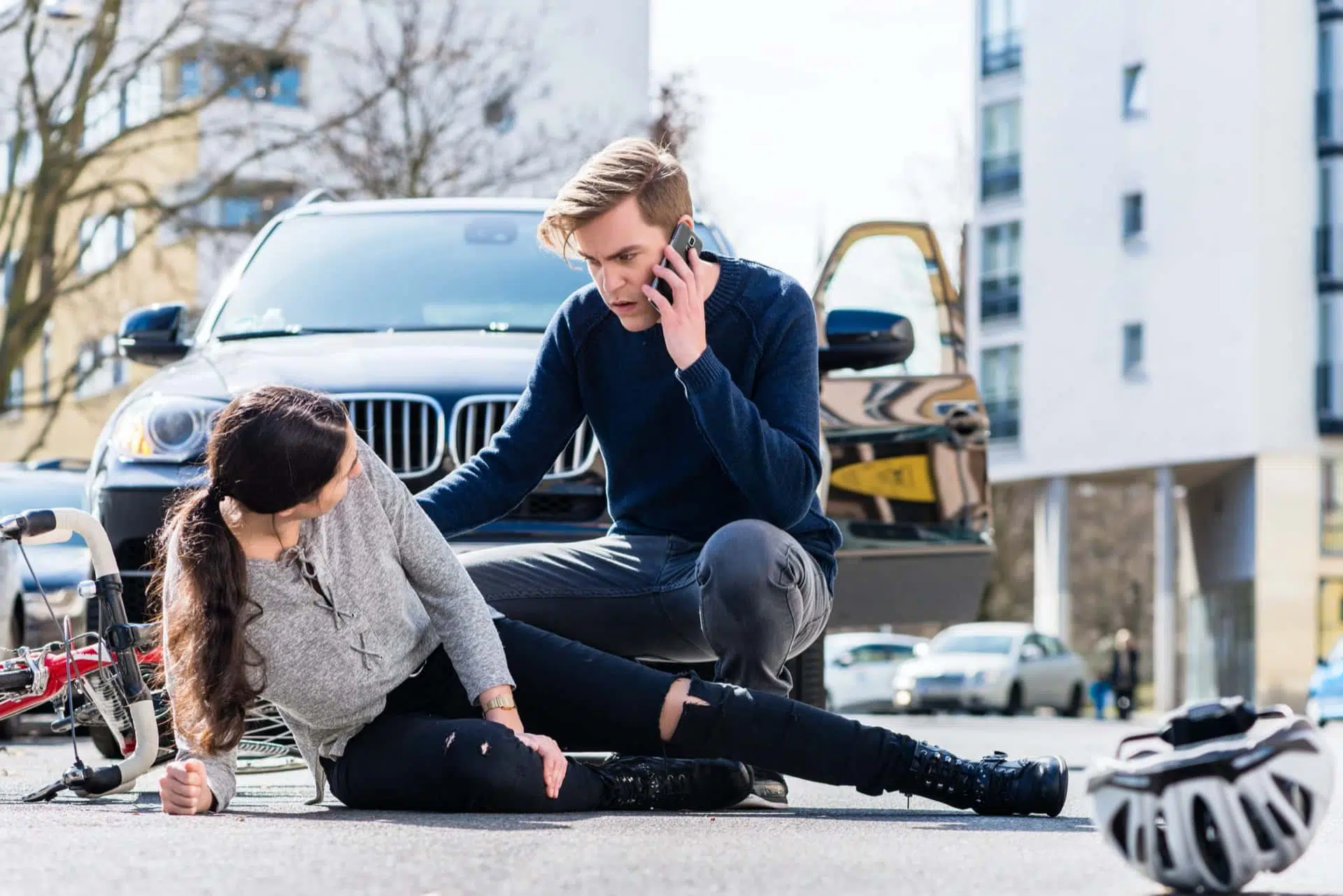At the end of 2017, the San Francisco County Transportation Authority (SFCTA) announced it has approved $145,000 in funding for the ‘Valencia Street Bikeway Implementation Plan.’ The San Francisco Municipal Transportation Agency (SFMTA) will conduct the research. The data from this study will be used to devise the best way to protect bicyclists traveling on the busy street of Valencia from accidents and personal injuries. Let’s take a closer look at the plan.
Recognizing a Growing Safety Problem
Back in the 1990s, the city installed bicycle lanes on Valencia Street after SF Bicycle Coalition members advocated successfully for designated safe zones. Unfortunately, the bicycle lanes simply haven’t been effective enough in protecting cyclists from auto drivers.
Most auto-bicycle accidents happen in intersections. This problem has increasingly grown in severity as more cars join the roads. This is especially true when it comes to Uber and Lyft drivers who now ferry the streets and stop to drop off passengers in greater numbers. These personal and professional drivers frequently disregard the bike lane laws and cross into them to pick up and deposit riders.
Though there has yet to be a confirmed bicycle death on Valencia, many cyclists have suffered serious personal injuries. In September, resident Reena (who requested her last name be withheld) had to go to the hospital with severe soft-tissue bruising after an SUV driver turned right without looking and crashed into her in the bike lane. Though she broke no bones, she recognized that the accident could’ve been deadly.
Digital Barriers
Bicycle safety advocates point to successful measures adopted in other locales that better protect against cars and trucks. For one, they urge the SFMTA to require Transportation Network Company (TNC) cars such as Uber and Lyft to implement and enforce geofencing zones for their drivers. A geofencing zone is a digital barrier that prevents drivers from stopping there. If the destination is within a geofence, they must stop on the nearest side street and let passengers out there instead of on Valencia in the bicycle lane.
Physical Structures
While safety activists call for geofencing, they also want to see real-world barriers that physically block cars from entering bicycle lanes. Safe hit posts and parklets prove effective in other cities. These are not expensive to install and replace when damaged. The safest solution, however, would be to build protected bike lanes that are separated from auto lanes. Unfortunately, none of the lawmakers involved in this effort have mentioned those as a program possibility.
Enforcement is Key
While all of the above measures would certainly help, they will not be effective if local law enforcement is lax in enforcing driver compliance. For example, it is already illegal to park in or cross bike lanes, yet drivers do it all the time. San Francisco Board of Supervisors District 9 supervisor Hillary Ronan is very involved in this project and recently stated, “We need to make it known that if you double park on Valencia you’re going to get a ticket.”
Personal Injury Attorney Helping California Bicyclists
Unfortunately, the study will not begin until January 1, 2018 and reach conclusion until the fall of 2018. If you or someone you love is the victim of an auto and bike-related personal injury, Hales and Associates, A Professional Law Corporation can help you file a personal injury claim and collect the compensation you deserve. Contact our Murrieta firm today at (951) 489-3320 to schedule a free consultation with a trusted and effective Riverside County lawyer.
